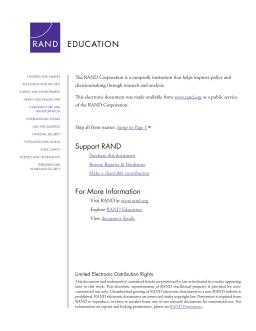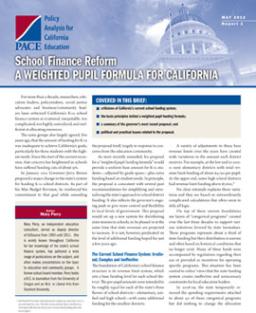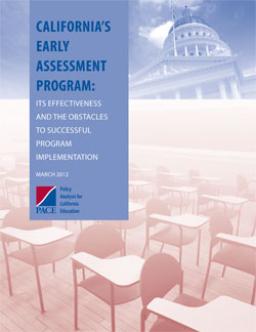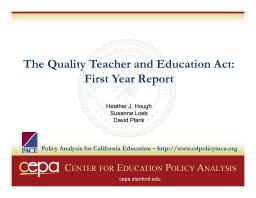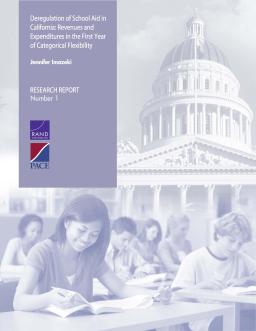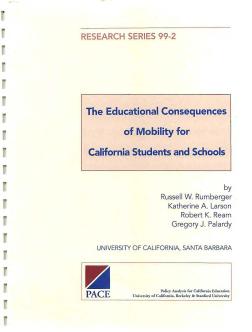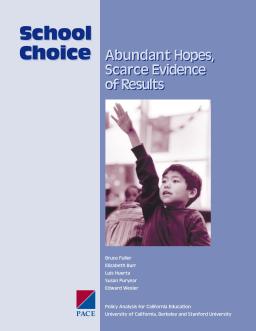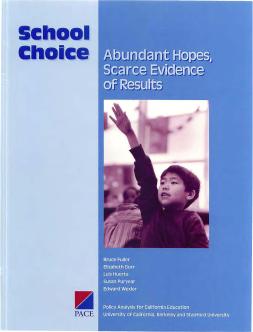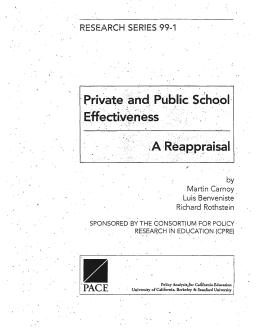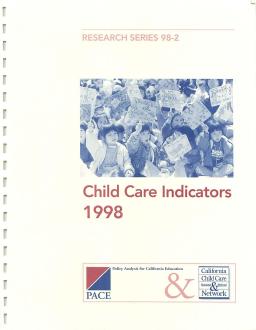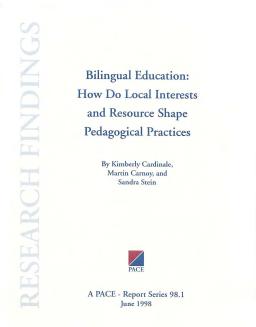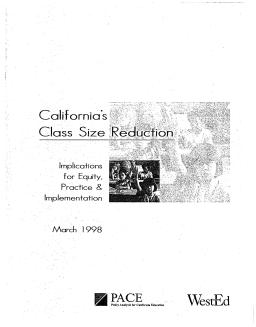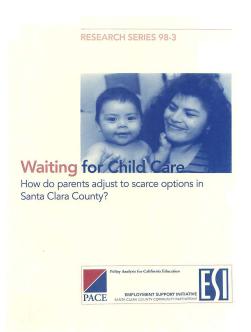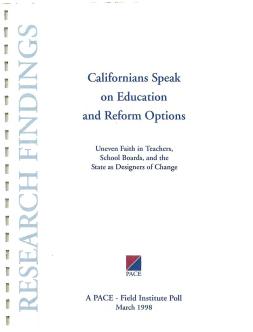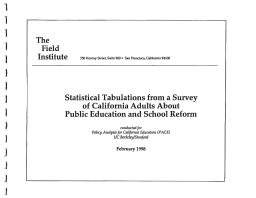Summary
Summary
Summary
Summary
This report commemorates the fifth anniversary of the Getting Down to Facts project, which sought to provide a thorough and reliable analysis of the critical challenges facing California’s education system as the necessary basis for an informed discussion of policy changes aimed at improving the performance of California schools and students. The report focuses on the four key issues that received emphasis in the Getting Down to Facts studies: governance, finance, personnel, and data systems.
Summary
Summary
The Early Assessment Program (EAP) is a national model for increasing the number of students who are prepared for college and careers upon graduating high school. It has been recognized by two national consortia as the model for designing new high school assessments aligned with Common Core State Standards. The report highlights the EAP's key features and potential to strengthen coherence and alignment in California's educational system, reviews research on its impact on student success, and suggests modifications to increase its value to students and educators.

